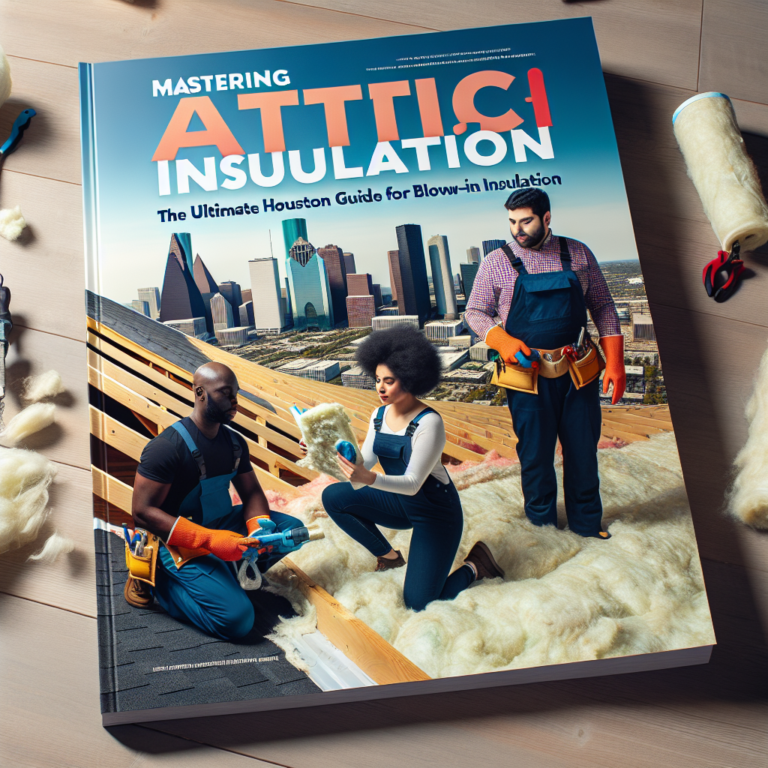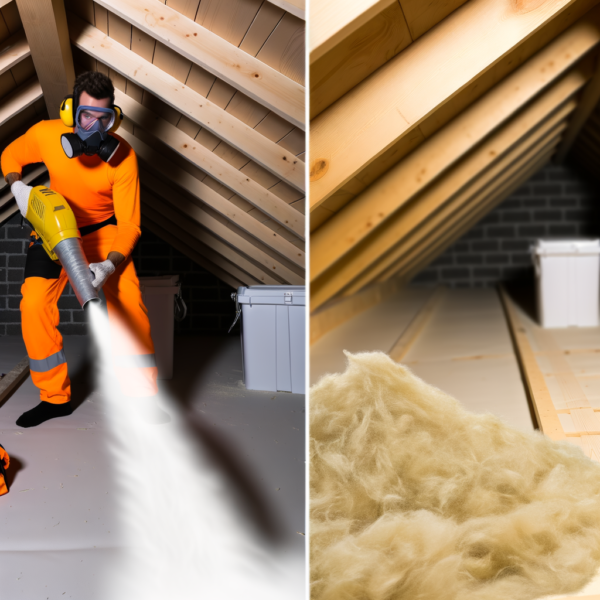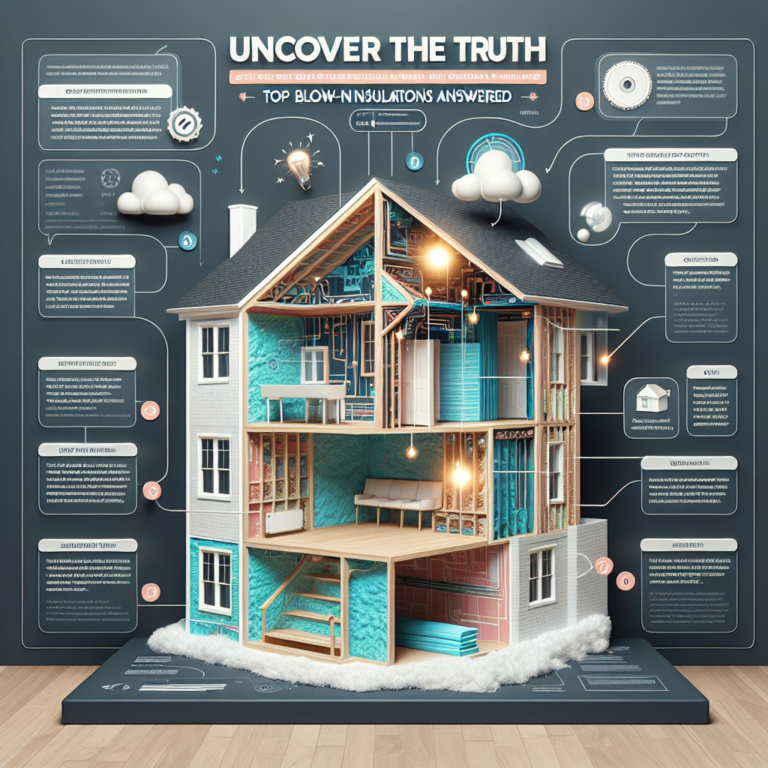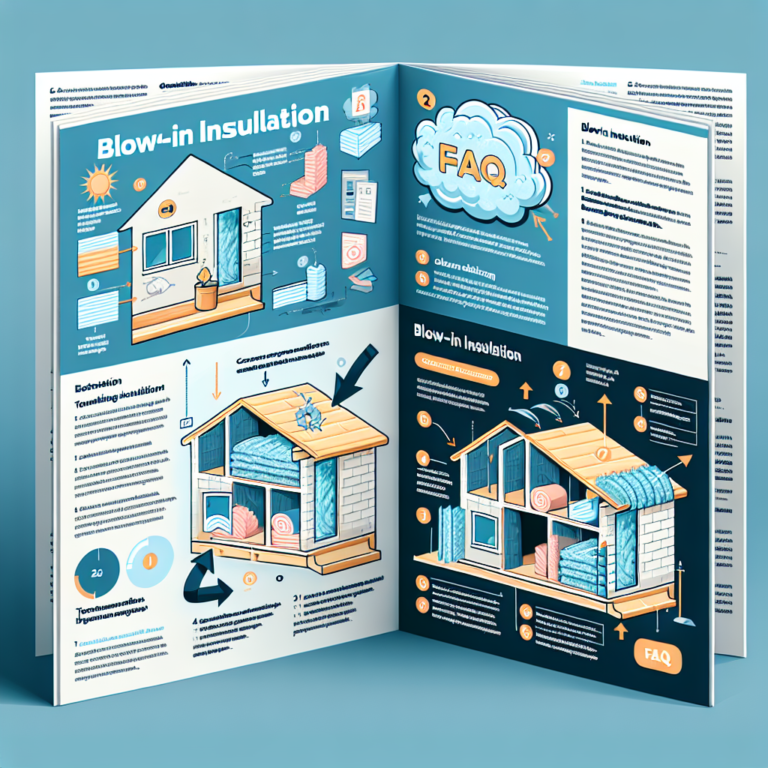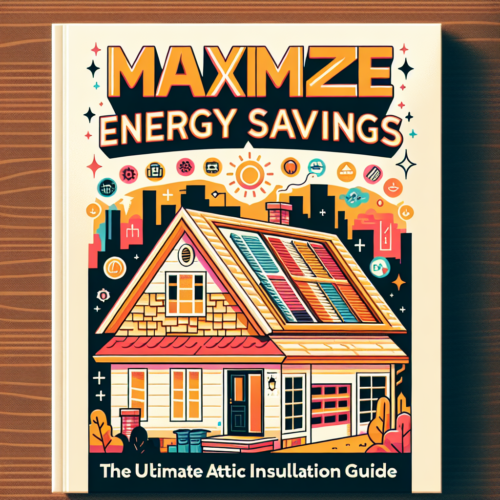Uncovering the Truth: Blown-In Insulation Questions Answered
Table of Contents
– Introduction
– Benefits of Mineral Wool Blown-In Insulation for Your Home
– How to Properly Install Mineral Wool Blown-In Insulation
– Comparing Mineral Wool Blown-In Insulation to Other Types of Insulation
– Frequently Asked Questions (Q&A)
– Conclusion
Introduction
If you’re searching for an insulation upgrade that combines energy savings, fire resistance and sound control, mineral wool blown-in insulation deserves a closer look. Made from natural or recycled minerals such as rock or slag, this loose-fill option is blown into attic and wall cavities to form a dense, seamless barrier. In this article we’ll answer common questions about mineral wool blown-in insulation, explain its top benefits and guide you through installation best practices.
Benefits of Mineral Wool Blown-In Insulation for Your Home
Mineral wool blown-in insulation offers a long list of advantages that make it stand out among other insulation materials. Key benefits include:
• High R-Value per Inch: With an R-value of roughly R-3.0 to R-3.3 per inch, mineral wool outperforms fiberglass and many cellulose options, keeping your home consistently comfortable year-round.
• Fire Resistance: Non-combustible and capable of withstanding temperatures above 1,000°F, it slows the spread of flames and can give you precious extra minutes in an emergency.
• Moisture and Mold Resistance: Inorganic fibers won’t absorb water or harbor mold and mildew, making this ideal for humid climates or areas prone to condensation.
• Superior Sound Control: The dense, interlocking fibers trap airborne noise and reduce sound transmission between rooms or from outside sources.
• Eco-Friendly Composition: Many manufacturers use up to 80% recycled content, cutting landfill waste and reducing demand for new raw materials.
• Complete Coverage in Irregular Spaces: The blown-in method fills every nook, cavity and crevice, eliminating gaps that can occur with batts or rigid boards.
How to Properly Install Mineral Wool Blown-In Insulation
Achieving optimal performance requires correct installation. Follow these steps for a professional finish:
1. Prepare the Space
– Clear debris and old insulation.
– Seal gaps around wiring, vents and plumbing to prevent air leaks.
2. Calculate Material Needs
– Measure attic floor or wall cavity volume.
– Buy 10–15% extra material to account for settling.
3. Set Up the Blowing Machine
– Wear protective gear: respirator mask, gloves and goggles.
– Load bags of mineral wool into the hopper.
4. Apply the Insulation
– Start at the farthest corner and work toward the access point.
– Maintain a steady feed rate to ensure consistent density.
– Target a final depth of 12–14 inches in attics or the manufacturer’s recommended loft.
5. Inspect and Touch Up
– Scan for low spots or voids and fill by hand if needed.
– Avoid over-compaction: tightly packed insulation reduces R-value.
6. Clean Up
– Vacuum loose fibers from floors and surfaces.
– Properly seal the attic hatch or wall access.
Comparing Mineral Wool Blown-In Insulation to Other Types of Insulation
When choosing between insulation options, consider how mineral wool blown-in stacks up:
• Fiberglass Batts: Less expensive upfront but prone to gaps and moisture absorption. R-value per inch is lower and installation in odd shapes can be tricky.
• Cellulose Loose-Fill: Made from recycled paper and offers good coverage, but it can settle over time and is more flammable unless heavily treated.
• Spray Foam: Provides an airtight seal and high R-value but costs 2–3 times more and requires specialized applicators.
• Rigid Foam Boards: Deliver high R-value in thin sections but need precise cutting and sealing around penetrations.
Mineral wool blown-in insulation hits the sweet spot between performance, safety and cost. It fills irregular cavities without the price tag of spray foam and resists fire and moisture better than fiberglass or cellulose.
Frequently Asked Questions (Q&A)
Q: Is mineral wool blown-in insulation safe for my home?
A: Yes. It’s non-combustible, doesn’t off-gas harmful chemicals and resists mold and pests. Proper protective gear during installation keeps fibers out of lungs and away from skin.
Q: How long will mineral wool blown-in insulation last?
A: With stable loft and no settling, it can perform effectively for 80–100 years. Unlike cellulose, it won’t compress under its own weight.
Q: Can I install it myself?
A: Homeowners can rent a blowing machine, but professional installers ensure correct density, coverage and code compliance.
Q: Will it help lower my energy bills?
A: Absolutely. By sealing gaps and offering high thermal resistance, you can expect a visible reduction in heating and cooling costs—often paying for itself in 2–5 years.
Conclusion
Mineral wool blown-in insulation is a versatile, high-performance solution that answers many homeowners’ insulation questions. It delivers superior R-value, outstanding fire safety, moisture control and soundproofing—all in an eco-friendly package. If you’re ready to upgrade your home’s insulation with mineral wool blown-in insulation for maximum energy efficiency and comfort, contact Texas Insulation Solution to schedule an installation today! Click here to learn more.


